Blankets are an essential tool for enhancing your yoga practice and providing extra support in various poses. Whether you’re practicing restorative or yin yoga, or any other style of yoga, a blanket can be a valuable prop to have on hand.
The good news is, you likely already have one at home, and there’s no need to invest in a special yoga blanket. Any comfortable and dense blanket or even a towel can be used. Some practitioners prefer to have a dedicated blanket just for their yoga practice, as it can create a psychological distinction between their home yoga space and other areas of the house.
Here is how you can use blankets in your yoga practice:
1. Support for Kneeling Poses
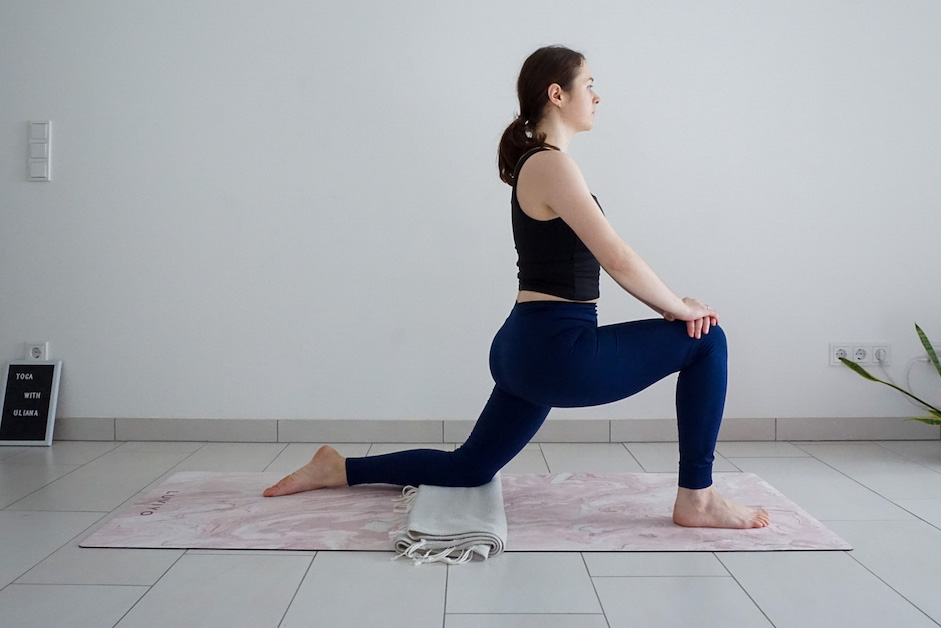
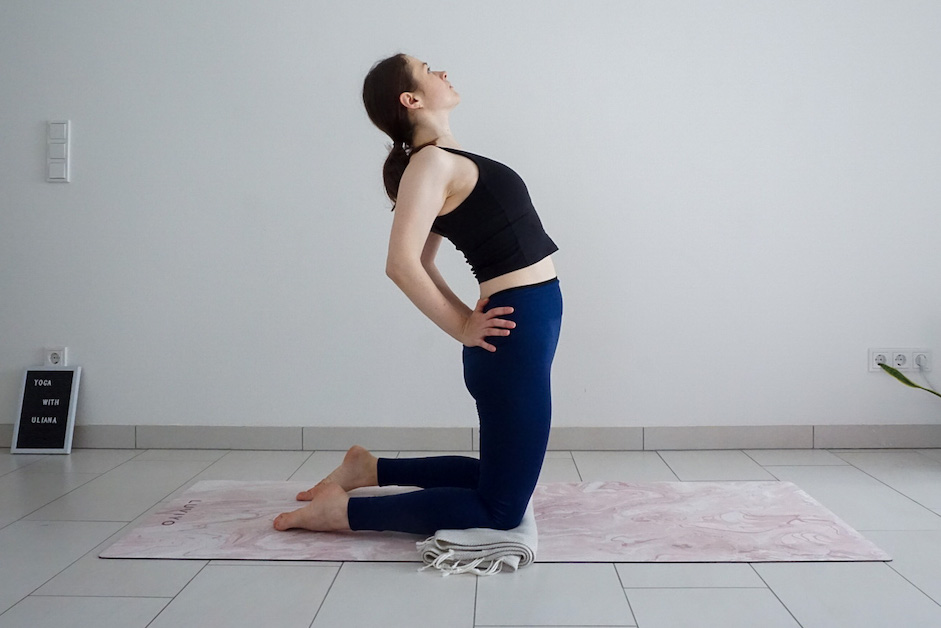
If you have sensitive knees or your yoga mat doesn’t provide enough cushioning, you can use a blanket or towel for extra support in kneeling poses like Low Lunge, Cat-Cow, and Camel. Simply fold the blanket and place it under your knees for added comfort.
2. Pigeon Pose
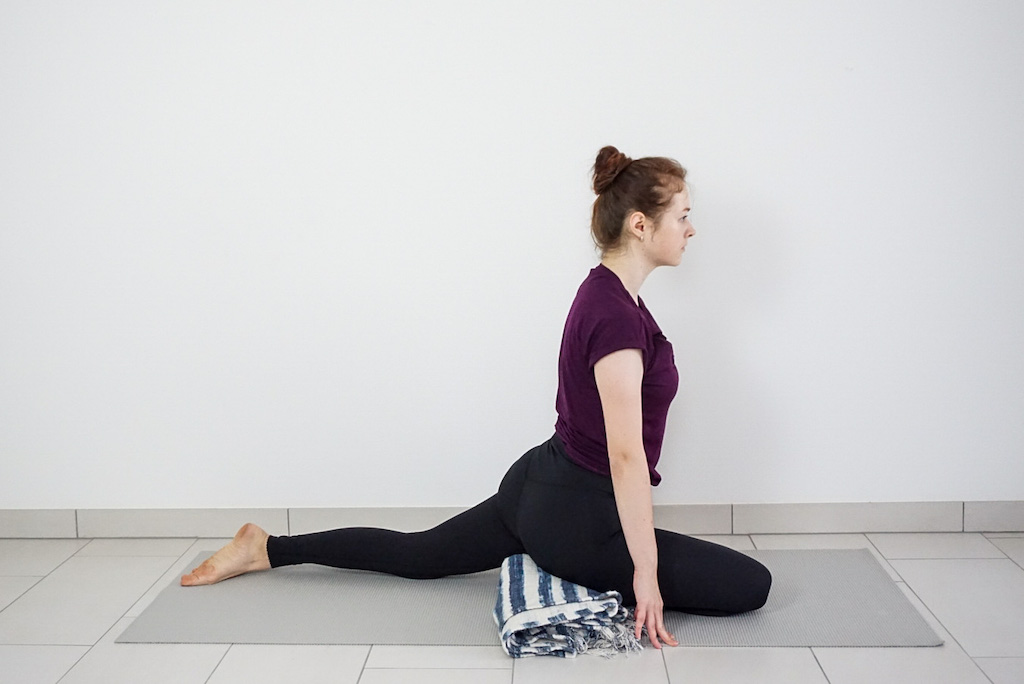
You can use a blanket in Pigeon Pose in yoga to provide support for the hips. If it’s difficult to bring your hips all the way down to the floor, you can place a rolled-up blanket under the hip of your bent leg. The number of blankets you need will depend on your flexibility. Start with one and add more as needed.
3. Child’s Pose
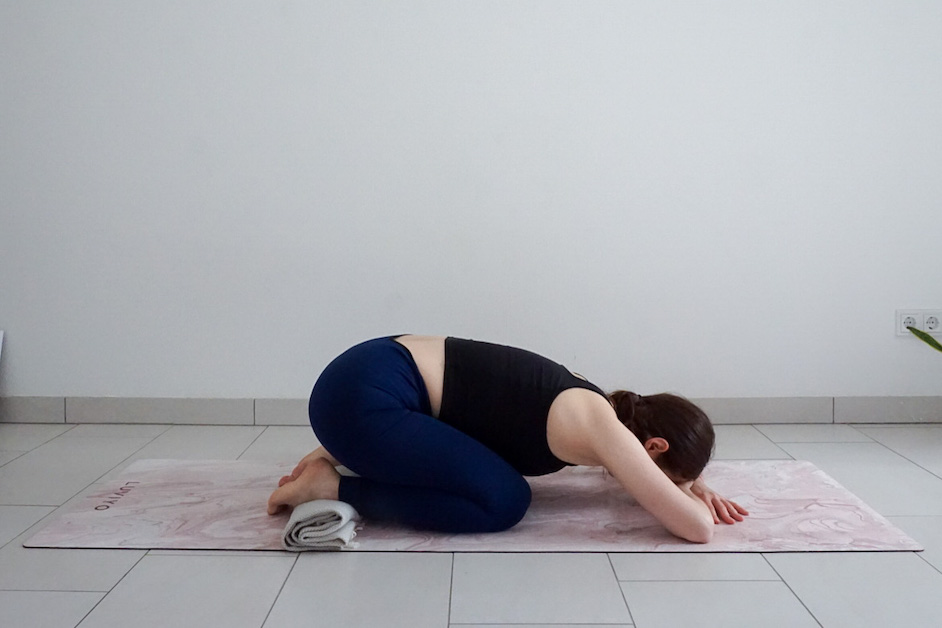
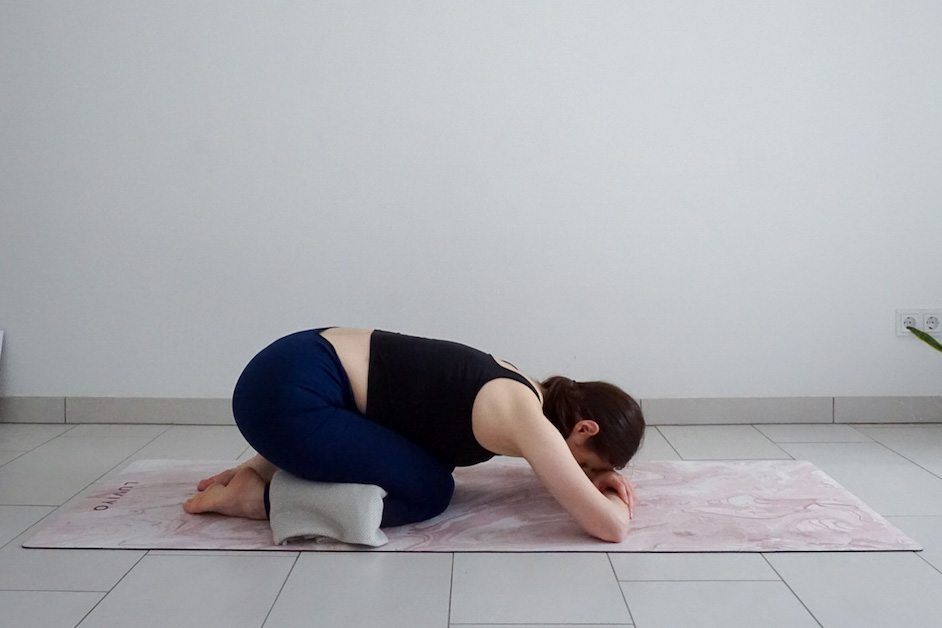
If your ankles and feet are uncomfortable in this pointed position duringChild’s Pose, try placing a rolled blanket or towel underneath them. If it’s difficult to relax your hips down to your heels, you can also place a folded blanket between your calves and thighs to fill the space and provide support. Use as many blankets as you need to feel comfortable and relaxed in this pose.
4. Hero Pose
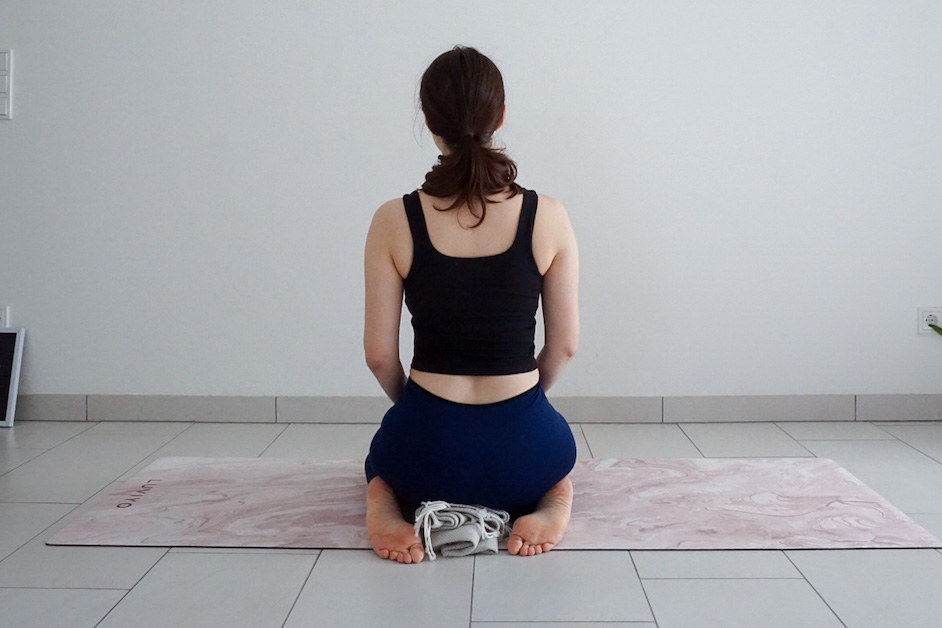
Instead of using yoga blocks, you can sit on one or more blankets to provide extra support in Hero Pose.
5. Easy Pose
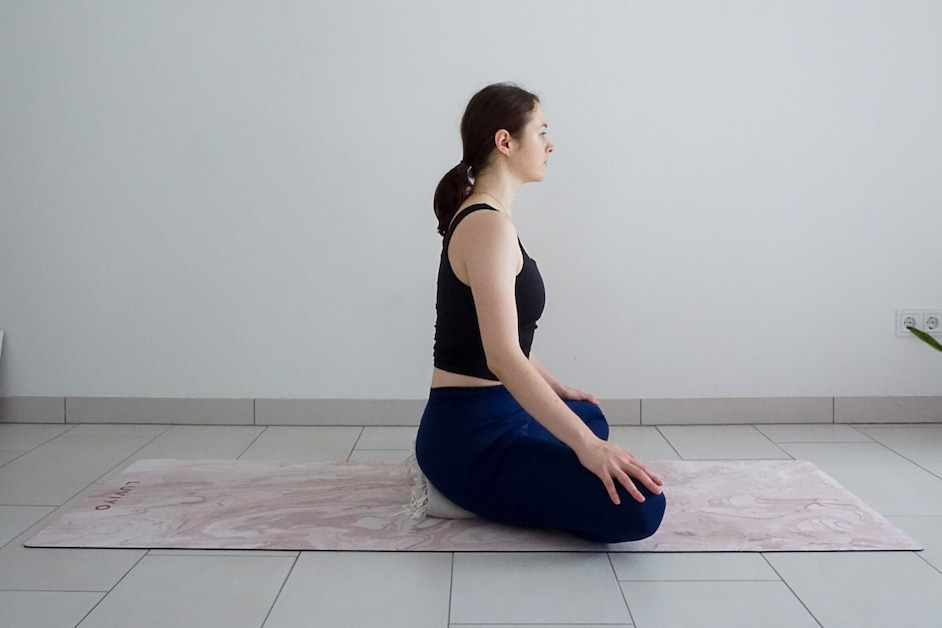
Just like in Hero Pose, you can use blankets to elevate your hips for added comfort in this cross-legged position.
6. Seated Forward Fold
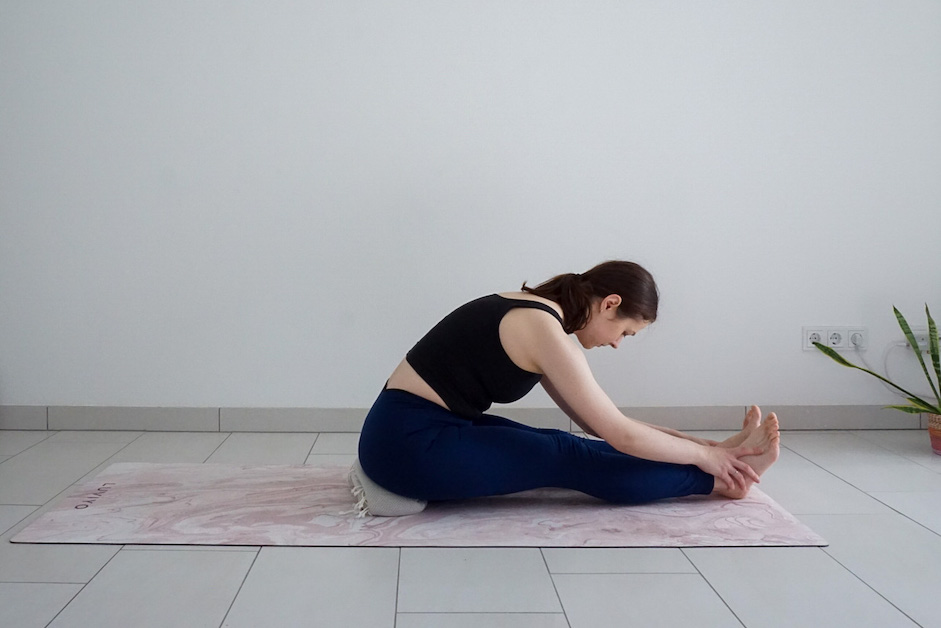
In a Seated Forward Fold, it’s important to fold forward from the hips and not from the waist. To ensure proper alignment, you can place a blanket under your sit bones to elevate your hips and tilt your pelvis slightly forward. This will make it easier to bend forward from the hips and maintain a long spine.
7. Shoulderstand/Plow Pose
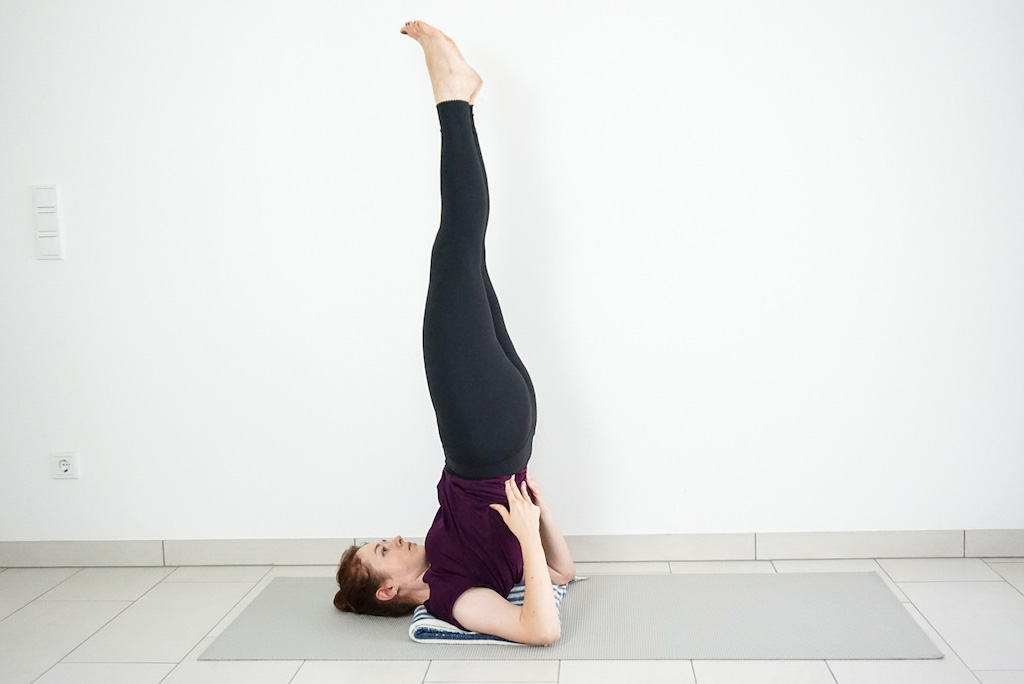
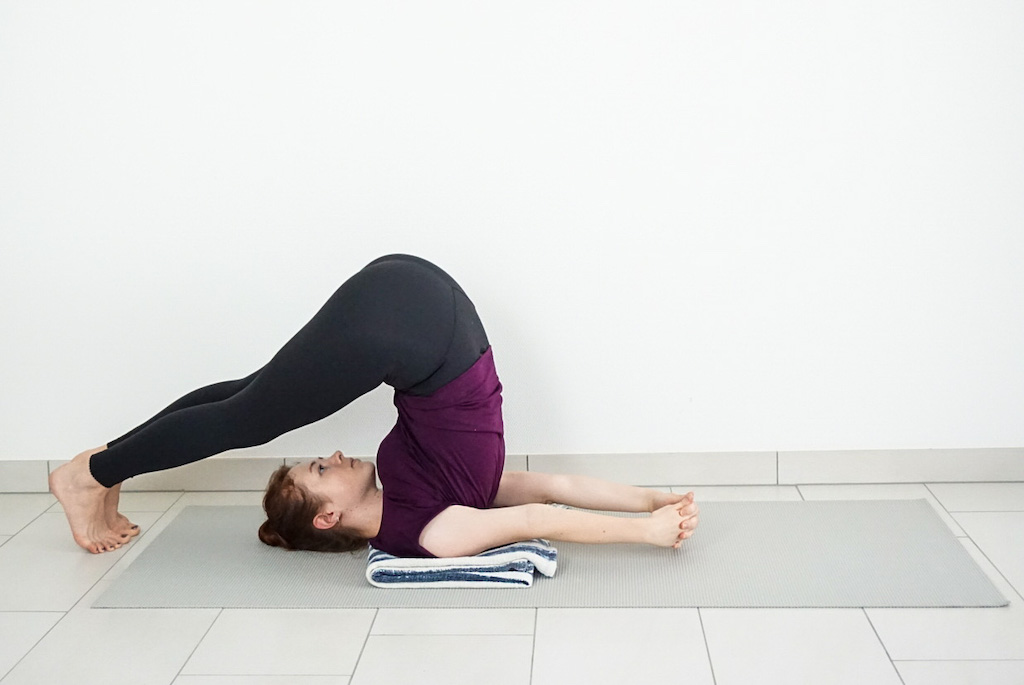
If Shoulderstand and Plow put too much pressure on your neck, you can use a blanket for added support. Fold one or more blankets and place them under your shoulders, so that when you lie down, the blanket is directly under your shoulders and not your neck. This will create more space for your neck and reduce pressure. However, be cautious with these poses and avoid them if you have any contraindications.
8. Head to Knee Pose
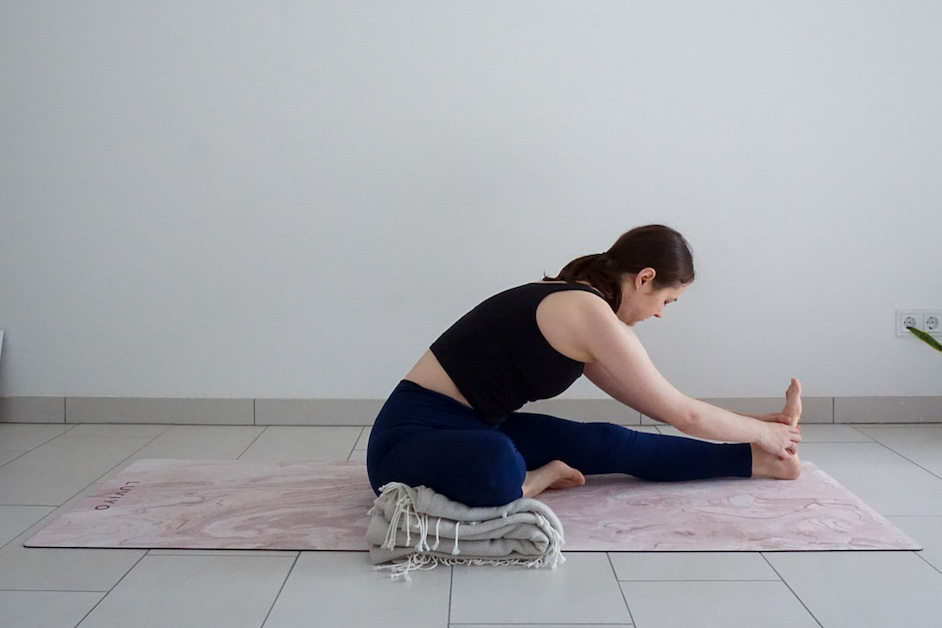
In Head to Knee Pose, you can place a blanket under your sit bones to elevate your hips and improve alignment. If your bent knee is hovering above the floor and is causing strain, you can also use a blanket your bent knee.
9. Garland Pose/Yoga Squat
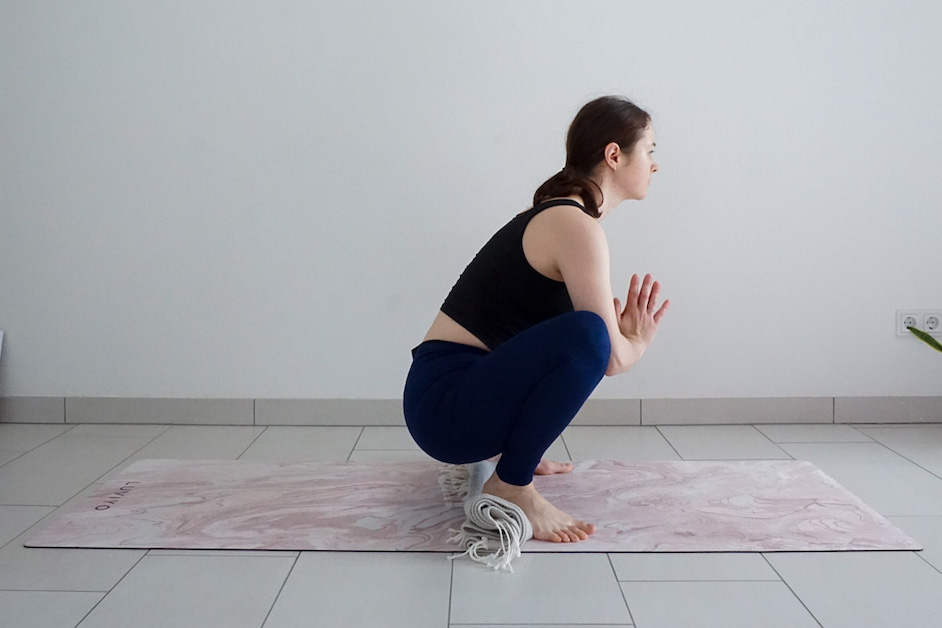
In this deep squat, a blanket can be used to provide extra support for the heels, making it easier to maintain the proper form. Roll up a blanket or two and place in under the heels. As you get more comfortable, you can gradually reduce the thickness of the blanket or try the pose without it.
10. Savasana
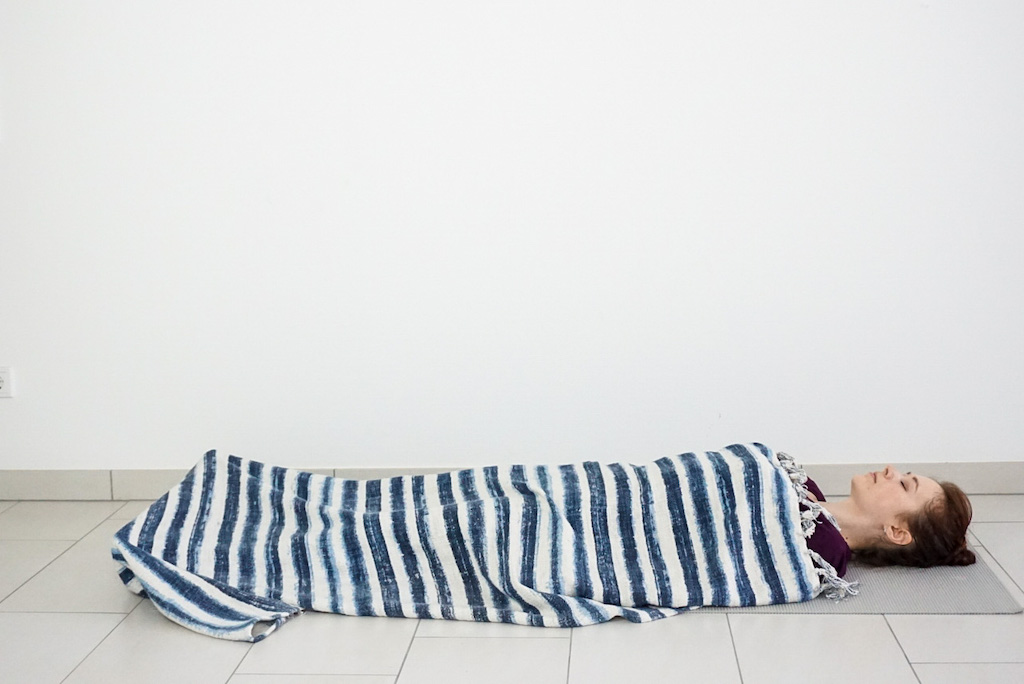
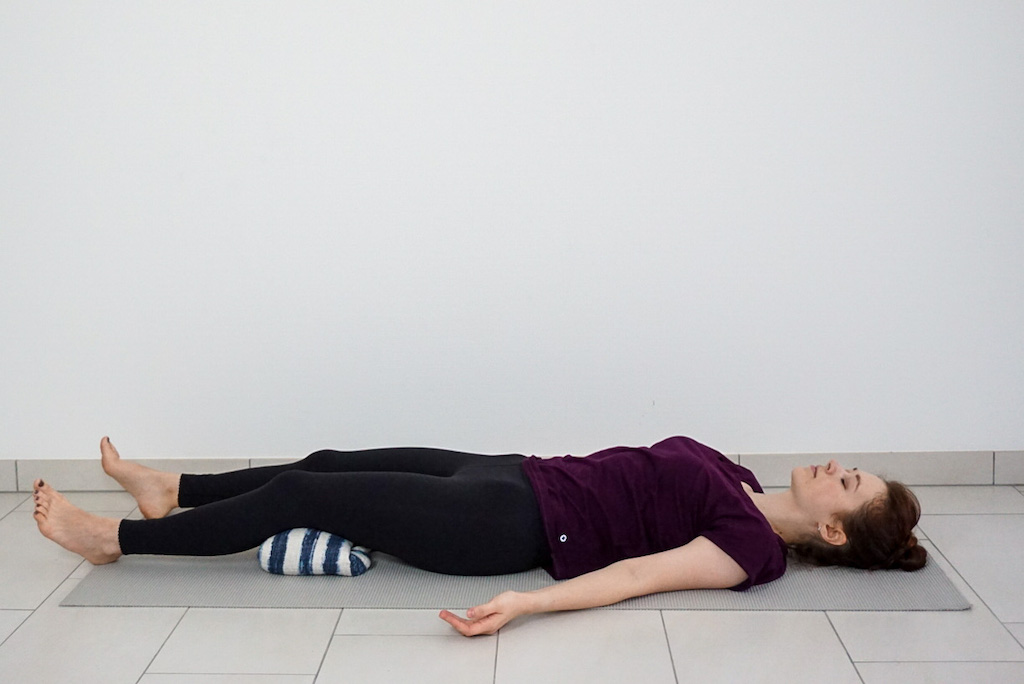
In Savasana, you can use a blanket to stay warm and cozy by covering yourself with it. If your blanket is heavy, the added pressure can help you relax even more. You can also roll the blanket under your knees to relieve pressure in your lower back.
In conclusion, yoga blankets are a versatile and useful prop that can enhance your yoga practice in a variety of ways. From providing support for your knees, hips, and heels, to adding comfort in restorative poses, a blanket can bring new levels of comfort and support to your practice. Incorporating a blanket into your practice can deepen your stretches, improve alignment, and increase stability in poses. So, whether you use a household blanket or invest in a designated yoga blanket, incorporating this prop into your practice can bring new benefits to your yoga experience.
Pingback: 10 Beest Ways To Use A Yoga Bolster (with pictures)
Pingback: 10 Yoga Poses For Tight Hips (Beginner Friendly) - Yoga with Uliana
Pingback: 12 Best Ways To Use Yoga Blocks (Not Only) For Beginners
Pingback: 11 Ways To Use A Yoga Strap/Yoga Belt - Yoga with Uliana